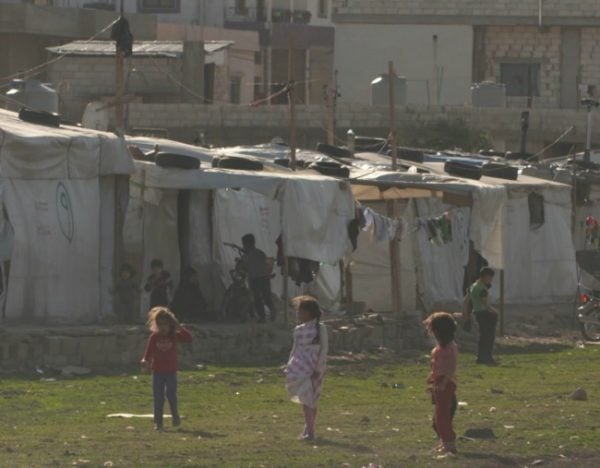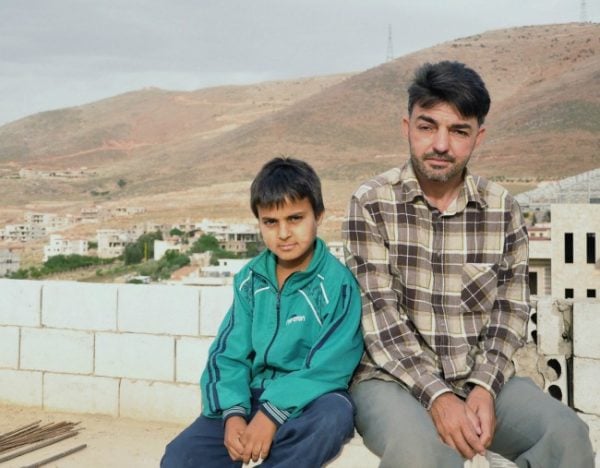“Sarah! Sarah!” they call out at me. “Sarah! Hold my hand! Pick me up!”
“Sarah, where are you from? Are you from Syria?”
Their faces are so eager; their eyes inquisitive, they want – demand – my full attention.
“I’m from Australia,” I tell them. “But yes, like you, my family is from Syria.”
They jump around in youthful enthusiasm. They laugh at my broken Arabic and bad accent. But they keep asking me questions, perhaps they’re teasing me?
I was quickly caught up in their energy, holding their hands, trying to remember my Arabic vocabulary.
Listen to our conversation on about Asma al-Assad, Syria’s “First Lady of Hell”. (Post continues after audio.)
“How long have you been living here?” I ask. But most of these children barely know how old they are, let alone when they left Syria, or when they arrived at this refugee camp in Lebanon. Most of them are school age, but instead of a classroom and playground, they have these dusty paths between tarpaulin tents.
Lebanon is hosting more refugees per capita than any other nation. Here, there are officially about 1.2 million Syrian refugees. Unofficially, it could be double that. This tiny nation wasn’t prepared. It still isn’t prepared. While in these camps reporting for Dateline, we were given a firsthand glimpse at the sheer lack of resources available for the millions of desperate people fleeing conflict in Syria.
Earlier this year, the Lebanese government appointed a Minister of ‘Refugee Affairs’, a portfolio created in response to this growing humanitarian crisis. But even the minister admits it’s come too late. The official line is they don’t want the refugees to stay. They are temporary guests in their country, and must return to Syria once peace is restored. But when will that be? How long will these refugees linger in limbo? And can Lebanon keep its own borders secure from a neighbouring war, while taking in those fleeing it?





Top Comments
Sad commentary.